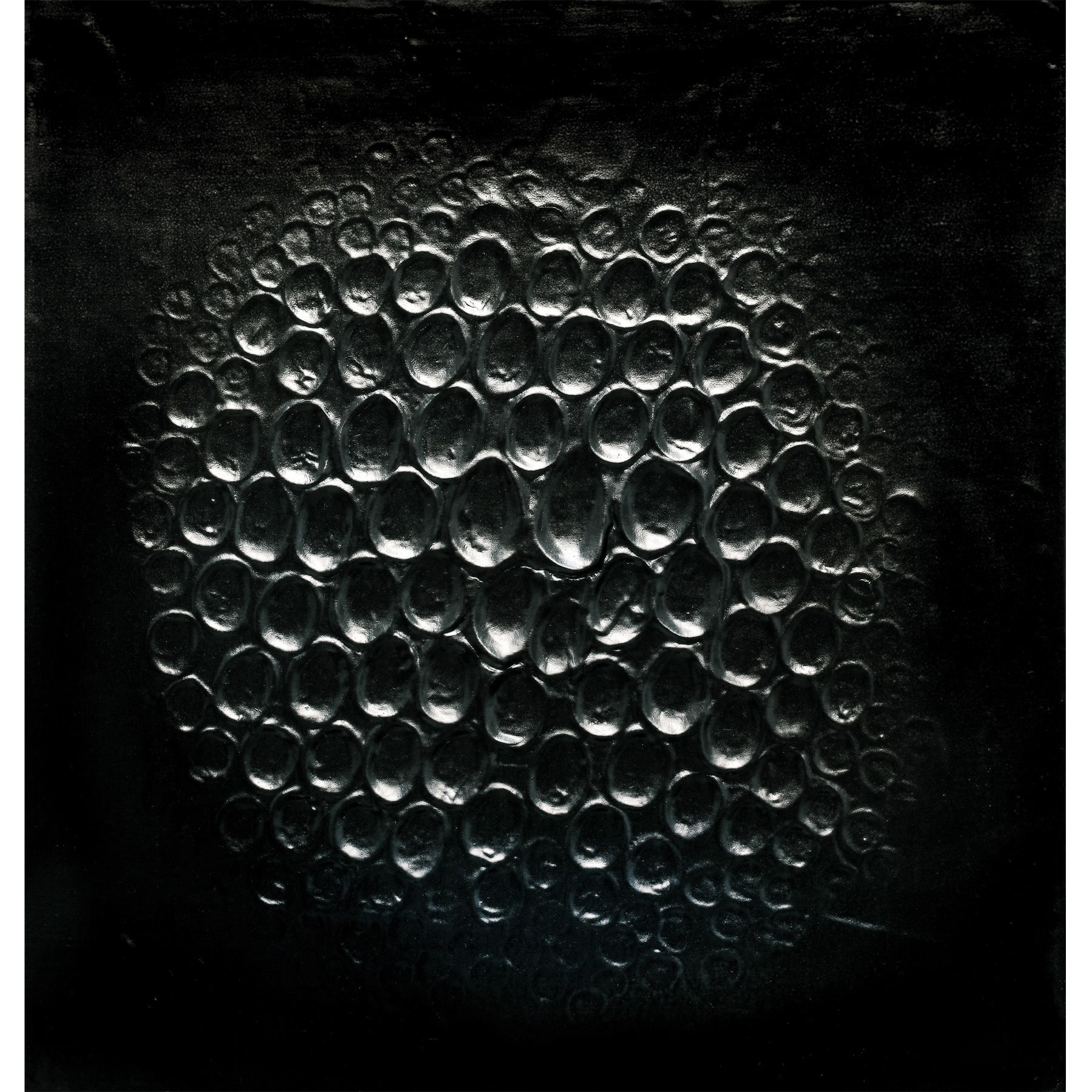Hans Bischoffshausen Composition fingerprints on vinyl on wood ca. 1965 signed
Hans Bischoffshausen (1927 – 1987), Composition, fingerprints on vinyl on wood, ca. 1965, signed
Out of stock
Description
“Painting is a failure,” Hans Bischoffshaussen once said – failure not to art, but in the artistic approach to reality. Accordingly, his works are characterized by a radically reduced formal language and a minimalist choice of materials. After his fossil sculptures and jute pictures, Hans Bischoffshausen turned to monochromy in the 1960s, a period in which he exclusively used three colors: White, Black and Gold. Besides white – the purity – and gold – the radiance – black was the third choice of monochrome for the artist: darkness, the abstraction of nothingness.
The present work “Composition” from 1965 is also entirely black. The aperspectival surface is structured only by plastic elements which can only be differentiated in size, height, density and inclination.
Their varying distribution corresponds to a serial sequence. Large, deep craters in the center of the painting seem to strive outward, becoming smaller and smaller, until they disappear in the smooth black of the surrounding surface and vanish.
Through structural paintings like this one Bischoffshausen approached the boundaries of the visually perceptible reality.
In the 1960s, Hans Bischoffshausen’s relief paintings established his tremendous standing in international contemporary art.
Inquiry
By submitting the inquiry form, you agree to the use of your data for this inquiry. Privacy Policy












